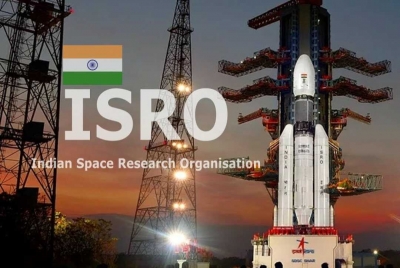
The Indian National Committee for Space Research (INCOSPAR) was established by Jawaharlal Nehru in 1962. Under Indira Gandhi, INCOSPAR became ISRO in 1969. At first ISRO had a purely developmental focus which included inserting satellites for communication and information, but eventually it split its focus to include space exploration and high-profile missions such as Chandrayaan and Mangalyaan. A natural progression in India’s space exploration programme is the first crewed mission – ‘Gaganyaan’ which plans to send an Indian crew into space by June 2022.
A precursor to this mission and one of great significance was the Space Capsule Recovery Experiment (SCRE-1 or SRE-1), which was an experimental spacecraft that was launched on January 10, 2007 using a PSLV C7 rocket. It remained in orbit for 12 days and successfully re-entered the Earth’s atmosphere touching down in the Bay of Bengal on January 22.
The SRE-1 mission demonstrated that India was capable of recovering an orbiting space capsule and had mastered important technologies like aero-thermo structures, deceleration and flotation systems, navigation, guidance and control. In other words it set the stage for future space missions with manned spacecraft. The information obtained from this mission and its experiments is being applied to the design of India’s Gaganyaan crewed orbital capsule.
Picture Credit : Google




